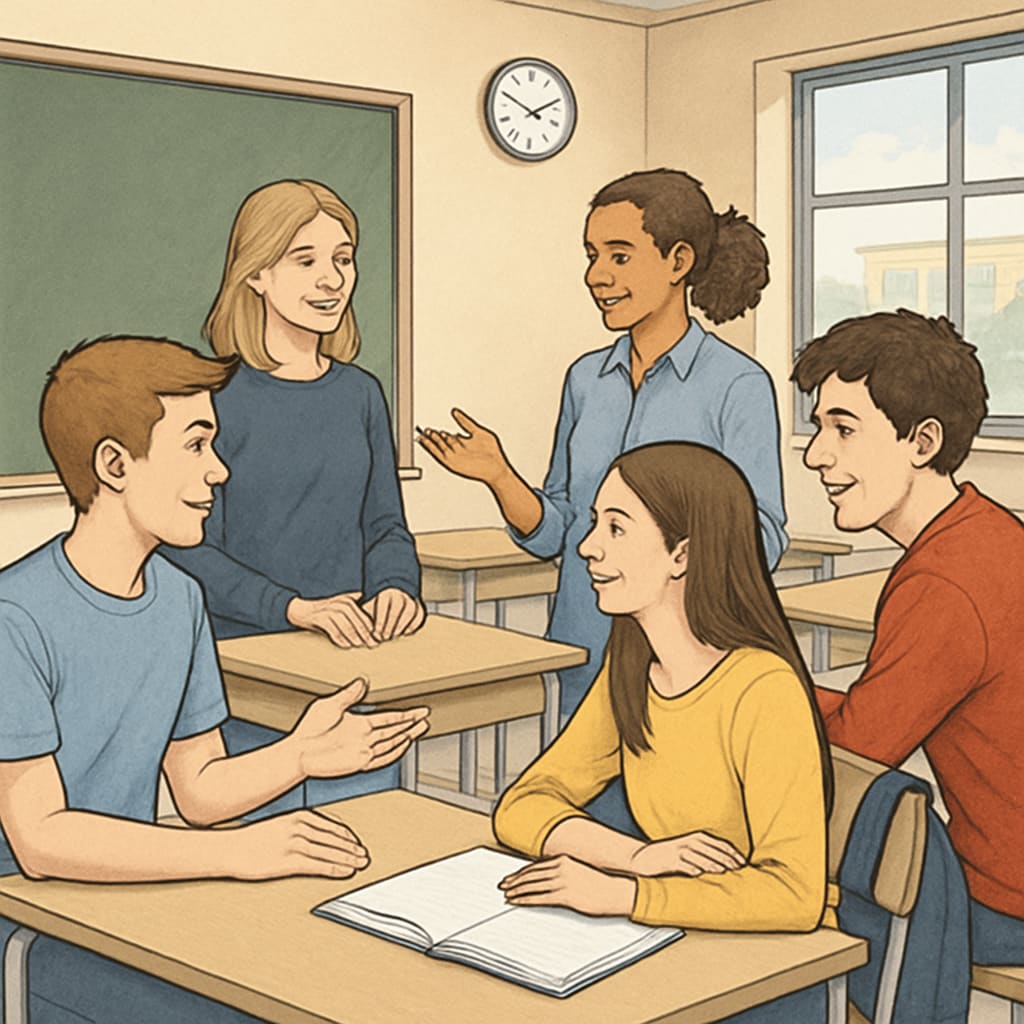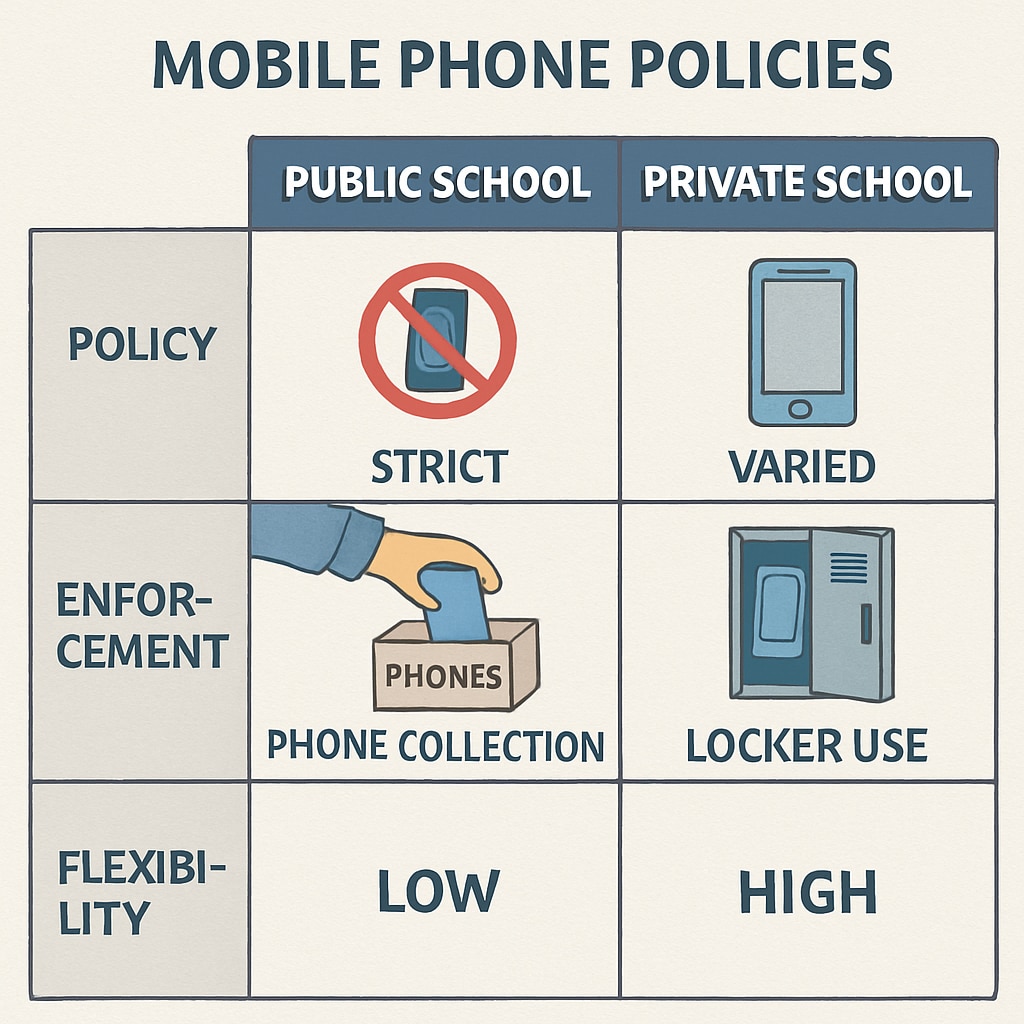The implementation of a mobile phone ban in public schools has sparked a mix of reactions from students, educators, and parents alike. This policy, designed to limit distractions and improve focus in classrooms, has raised critical questions about its effectiveness and the complexities of enforcing it. In this article, we delve into students’ varied responses to the ban, the challenges of balancing school policies with digital needs, and the broader implications for public vs. private schools.
Understanding the Mobile Phone Ban in Schools
Mobile phones have become an integral part of students’ lives, serving as tools for communication, learning, and entertainment. However, concerns over their potential to disrupt the educational environment have led many public schools to adopt stringent policies restricting their use during school hours. The ban typically prohibits students from using phones in classrooms, hallways, and other common areas. While the intent is clear—to enhance focus and reduce distractions—it also raises questions about the practicality of such a policy in the digital era.

How Students Are Reacting to the Mobile Phone Ban
Student reactions to the mobile phone ban vary widely based on age, habits, and individual perspectives. Some students have expressed frustration, viewing the policy as overly restrictive and out of touch with modern communication practices. For example, high school students often cite the need for phones to stay connected with parents or access educational resources. On the other hand, younger students seem to adapt more easily, as their reliance on mobile devices tends to be less pronounced.
Interestingly, silent resistance has emerged as a common theme. Many students find subtle ways to bypass the ban, such as hiding phones in pockets or using them discreetly during breaks. This behavior reveals a deeper tension between institutional rules and personal autonomy, highlighting the challenges of enforcing such policies uniformly.
Public vs. Private Schools: A Key Comparison
The divide between public and private schools becomes evident when examining the enforcement and reception of mobile phone bans. Private schools often have more flexibility in tailoring policies to their students’ needs, sometimes opting for regulated use rather than outright prohibition. Public schools, constrained by broader regulations and larger student populations, may struggle to implement nuanced approaches.
Additionally, parents in private schools are often more involved in shaping policies, leading to compromises that reflect both academic priorities and technological realities. In contrast, public school policies are typically standardized, leaving little room for individual adjustments. This comparison underscores the need for public schools to reconsider how they balance discipline with evolving digital norms.

Striking a Balance: Managing Technology in Education
The mobile phone ban highlights the broader challenge of integrating technology into education without compromising focus and productivity. Schools must find ways to address the legitimate concerns of educators while acknowledging students’ reliance on digital tools. Some potential solutions include:
- Designating specific times or areas for phone use, such as during lunch breaks or in designated “tech zones.”
- Encouraging the use of school-issued devices for educational purposes, reducing the need for personal phones.
- Offering workshops or guidelines for responsible technology use, helping students develop healthy habits.
By adopting more flexible and inclusive approaches, schools can foster an environment that supports both academic rigor and digital literacy. This balance is particularly crucial in preparing students for the challenges of the modern workforce, where technology plays a central role.
Conclusion: Navigating the Complexities of School Policies
The mobile phone ban in schools serves as a microcosm of the broader debate over technology’s role in education. While the policy aims to minimize distractions and promote learning, it also faces resistance from students who view phones as essential tools. Public schools, in particular, must grapple with the tension between standardized policies and diverse student needs, seeking solutions that respect autonomy while maintaining order.
Ultimately, the success of such policies depends on open dialogue among students, educators, and parents. By prioritizing collaboration and adaptability, schools can create environments that balance discipline with the realities of the digital age.


